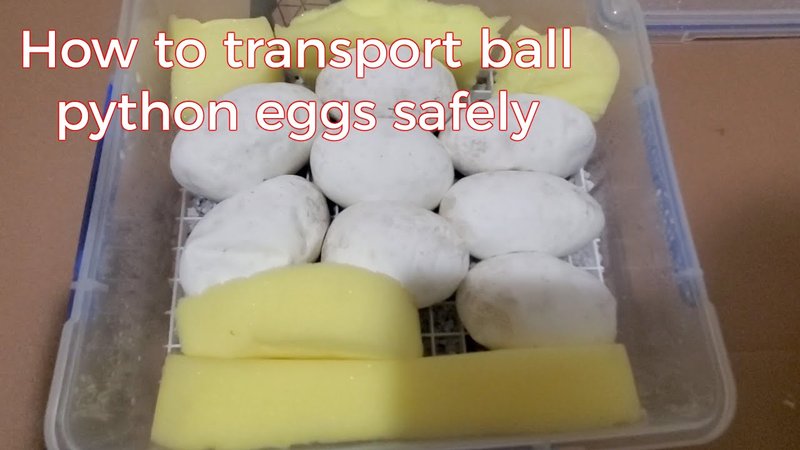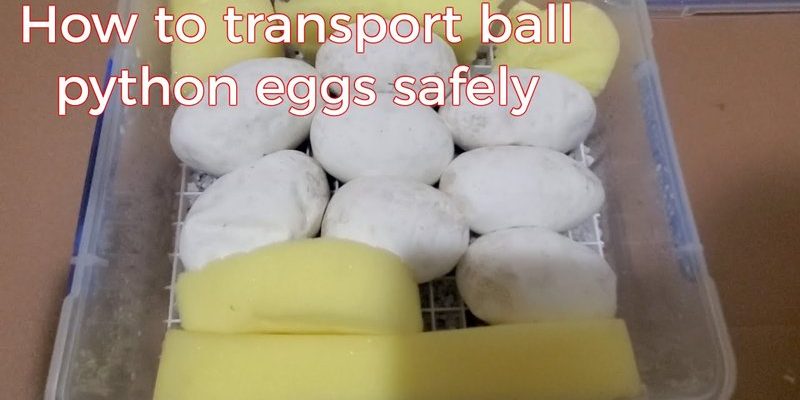
So, how do you go about this? Let’s explore the best practices to make sure your ball python arrives at their destination safe and sound. We’ll dive into everything from choosing the right transport container to acclimating your snake afterward, all while ensuring they feel secure during the journey. Ready? Let’s weave through the details together.
Choosing the Right Transport Container
When it comes to transporting your ball python, the first step is selecting a suitable transport container. You might be wondering what options you have. A dedicated reptile carrier is often the best choice because it’s designed with your snake’s needs in mind. These carriers are typically made from durable materials and have secure lids, preventing any chance of escape.
If you’re in a pinch, a sturdy plastic container with a snug-fitting lid can also work. Just make sure there are adequate air holes for ventilation. Your snake needs to breathe, after all! Aim for a container that’s big enough for your ball python to curl up comfortably but not so large that they can toss and turn endlessly, which might stress them out.
Tip: Avoid transporting your ball python in glass aquariums or other heavy containers. They can be awkward to handle and heavy to carry.
Preparing for the Journey
Before you hit the road, take some time to prepare both your snake and yourself for the journey ahead. Start by making sure your ball python is well-hydrated. A hydrated snake is generally more relaxed, which will help keep both of you at ease during the trip. You could even offer a shallow water dish a couple of hours before transport, but don’t let them swim right before packing them up.
Also, consider the temperature of both your home and the destination. Ball pythons thrive in temperatures between 75°F and 80°F. If it’s a chilly day, you’ll want to provide some warmth during transport. A heat pack can be an effective way to keep your ball python comfortable without overheating them.
Keep in mind: Don’t place the heat source directly against the container. Instead, let it warm one side while allowing a cooler area for your snake to retreat if needed.
Transporting Your Ball Python
Once you’re ready to embark, it’s time to actually transport your ball python. Gently place your snake into their transport container without causing too much disruption. Try to minimize handling; remember, ball pythons can get stressed easily. If you’re dealing with a particularly skittish snake or it’s a longer journey, consider wrapping them in a soft cloth to help them feel secure.
During the drive, keep your transport container secure to avoid any unnecessary bumps. Place it on a flat surface in your vehicle, ideally in the back seat. Avoid placing it on the dashboard or anywhere it might get direct sunlight, as this can cause the temperature to spike.
Managing Stress During Transport
You might find that, during transport, your ball python shows signs of stress. Common indicators include hiding, curling up tightly, or even excessively moving around in their container. This is normal behavior, especially in new or unfamiliar situations.
To help ease their anxiety, consider playing some soft, calming music in the car. Believe it or not, some reptiles respond well to gentle sounds. You could also talk softly to your snake, reinforcing a sense of calm. Just remember, keep your movements smooth and avoid sudden jerks or loud noises during the journey.
Pro Tip: Avoid opening the transport container while driving, as this can cause unnecessary stress. Wait until you reach your destination to check on your ball python.
Arriving and Unloading Your Ball Python
When you reach your destination, it’s time to unload your ball python. Take a moment to ensure the environment is suitable for your snake before opening the transport container. The room should be cozy, with controlled lighting and a temperature within their comfort range.
Once you’re ready, gently take the container out of your vehicle, and open it slowly. Let your ball python decide when to come out rather than forcing them. This gives them some control over the situation, which can reduce any lingering stress they might feel.
After allowing them to explore their new surroundings for a few minutes, you can help guide them to a secure spot or a prepared habitat if that’s your intention. Give them some time to settle in and adjust.
Post-Transport Care for Your Ball Python
Once your ball python is safely at their destination, it’s crucial to monitor their behavior for a little while. You may notice they’ll spend some time hiding or moving less. This is perfectly normal as they acclimate to their new environment. Just like us, snakes need a moment to decompress after a journey.
Make sure to offer them fresh water right away, as hydration can help them feel more at ease. Avoid handling or feeding your snake for at least 24 hours after transport. This gives them time to settle and reduces the risk of stress-related health issues.
Final Thoughts: Transporting a ball python is all about planning and patience. With the right container, a few preparation steps, and a calm approach, you can ensure your slithery friend arrives safe and sound. So, whether it’s a trip to the vet or a visit to a friend, you can feel confident in your ability to transport your ball python with care.

